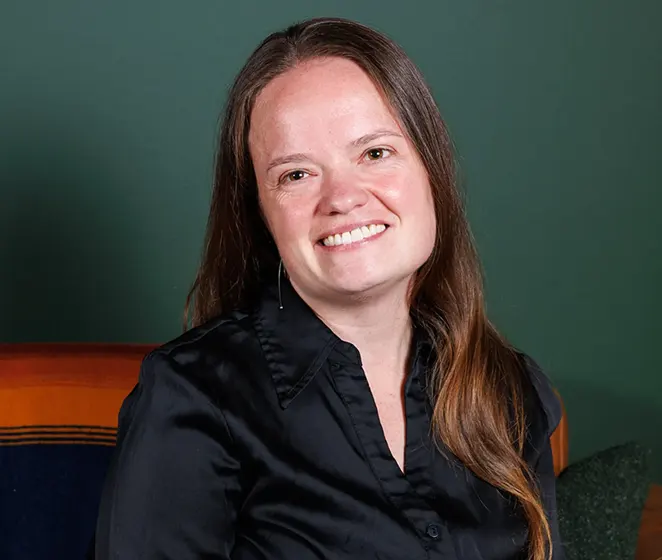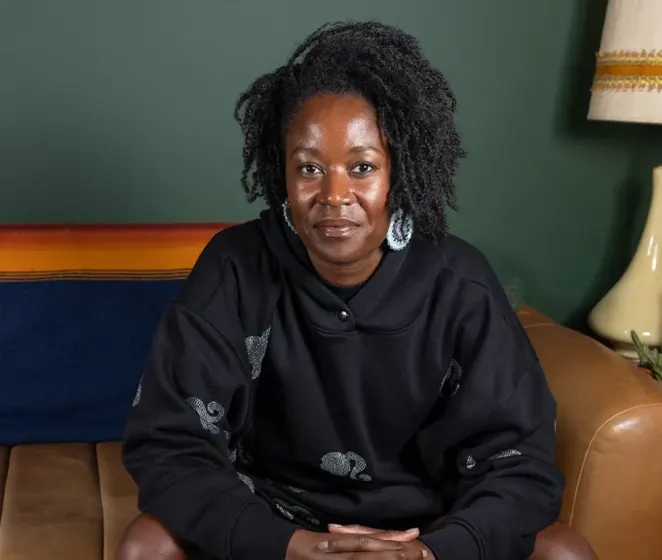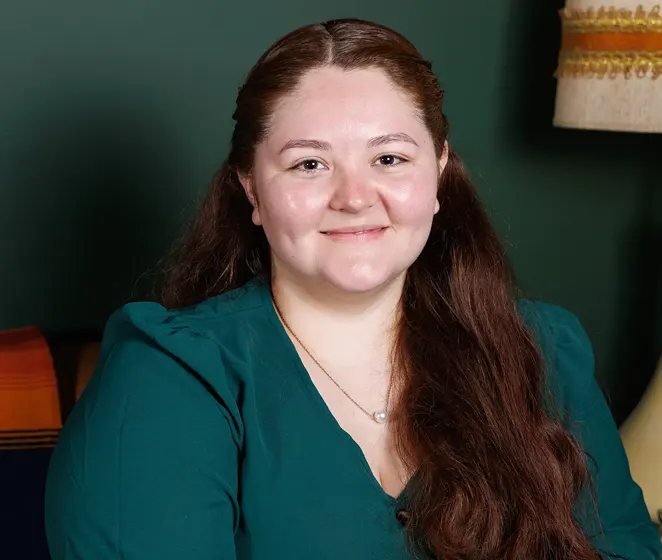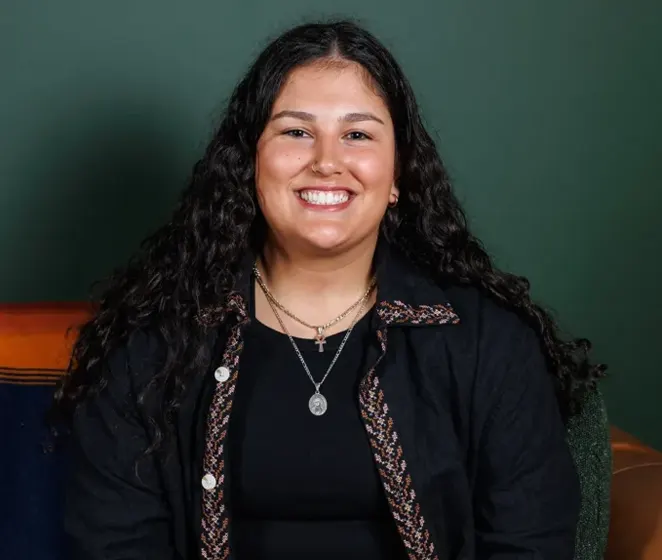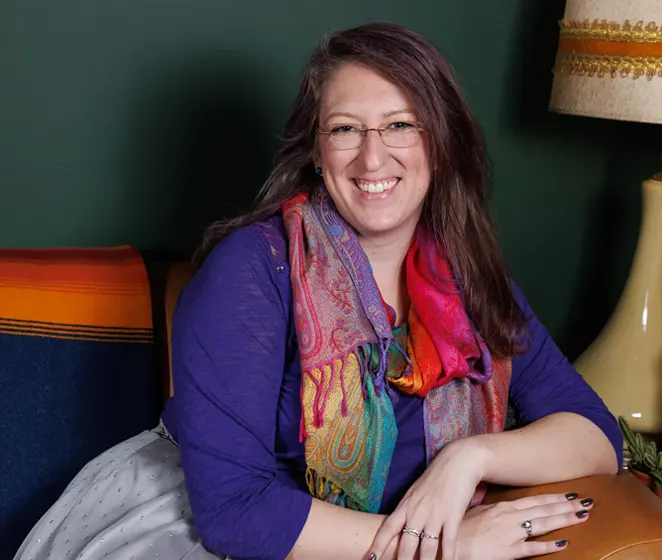Wondering if virtual therapy really works for kids? In this post, we explore what the research says about telehealth for children, when it’s effective, and what parents should know before getting started.
If you’re a parent considering therapy for your child, you might be asking:
“Can kids really connect through a screen?”
“Will my child open up in a virtual session?”
“Is telehealth even effective?”
We hear these questions often, and they’re valid. Of course you want the best, most effective care for your children! The overall answer is yes, telehealth can be highly effective for children. But it works best when it’s tailored, creative, and backed by both research and relationship.
As therapists who work with children online—Sav, Lujane, Kellie, and Laurel—we’ve seen firsthand how meaningful connection can happen through a screen. We’ve also seen what makes it harder. This post is for you: the parent weighing options, navigating uncertainty, and wanting what’s best for your kid.
What the Research Says About Online Therapy for Kids
Teletherapy can be just as effective as in-person therapy for many children.
A 2021 review in the Journal of Child Psychology and Psychiatry found that virtual therapy supported kids with anxiety, depression, and behavioral challenges just as effectively as in-person sessions, especially when therapists were trained to meet children’s developmental needs online (McGrath et al., 2021).
A more recent study in Telemedicine and e-Health reported that kids often stayed emotionally engaged in telehealth sessions and, in many cases, felt more expressive in the comfort of their own homes (Ramirez et al., 2023).
The American Academy of Pediatrics has also endorsed telehealth as a viable model, especially when it reduces common barriers like long commutes, scheduling conflicts, or stigma around therapy.
In short, telehealth can work—and it often does.
What We’ve Seen as Child Therapists
Research matters. But so does what happens in the room, virtual or not.
Kellie Mann (they/them) shares:
“Kids often bring their full selves to virtual sessions. They show us their rooms, their pets, their favorite things. That comfort helps build trust faster.”
Lujane (she/her) adds:
“It’s not about copying in-person therapy—it’s about creating new ways to connect. Sometimes that means stretching together, drawing together, or even dancing through tough feelings.”
Sav (she/her) emphasizes:
“So many kids feel empowered when they can choose their space. When we invite their creativity and follow their lead, they show up in beautiful ways.”
We’ve seen children open up more readily when they feel safe in their own environment. Some bring comfort items to sessions. Others lead us on a brief virtual tour of their world. These moments—casual, honest, and deeply relational—can be the very foundation of therapeutic progress.
How Does Online Therapy Work for Children?
Telehealth with kids isn’t just about screen time. It’s about how the therapist adapts the space, the pace, and the tools.
Here’s what helps:
- Tools built for engagement—drawing apps, digital games, or co-play through the screen
- Predictable session rituals that help kids settle and transition
- Parent support before and after sessions to bridge the work
- Flexibility around movement, pacing, and how emotion shows up
- A steady therapeutic relationship that centers coon nsistency and trust
When those elements are in place, kids can explore emotions, practice new skills, and feel genuinely seen, even across a screen.
When Is In-Person Therapy a Better Option for Children?

Telehealth isn’t a perfect solution for every child or every situation. It may not be the right fit if:
- Your child doesn’t have a private or quiet space at home
- Your child is in crisis or needs more intensive in-person support
- Your child is very young or has specific sensory needs that are harder to meet virtually
That doesn’t mean telehealth is a lesser form of care. It just means we—as providers and parents—need to match each child with the support that’s best for them.
A Final Word for Parents
You know your child better than anyone. If your gut is telling you they need support—but the logistics of in-person therapy feel overwhelming—telehealth might be a powerful option.
The relationship between child and therapist matters most. And when that connection is built with care, kids can thrive—yes, even on Zoom.
Curious about what a virtual session might look like? We’re happy to talk it through with you.
Frequently Asked Questions
At what age can children benefit from telehealth?
Success depends less on age and more on the child’s comfort, environment, and the therapist’s approach. However, we currently only see children as young as 10 years old..
Can I attend sessions with my child?
Absolutely. Some children benefit from caregiver participation, especially in the early stages. We’ll work with you to decide what feels supportive for your child.
What if my child doesn’t want to engage online?
That’s okay. Some children need time to adjust. Others may do better with in-person support. We can help you assess what’s best for your family.
References
- McGrath, C. et al. (2021). Teletherapy for children: A review of outcomes and implications. Journal of Child Psychology and Psychiatry.
- Ramirez, L., et al. (2023). Therapeutic engagement in pediatric telehealth: A multi-site study. Telemedicine and e-Health.
American Academy of Pediatrics. (2022). Telehealth guidance for pediatric care.





